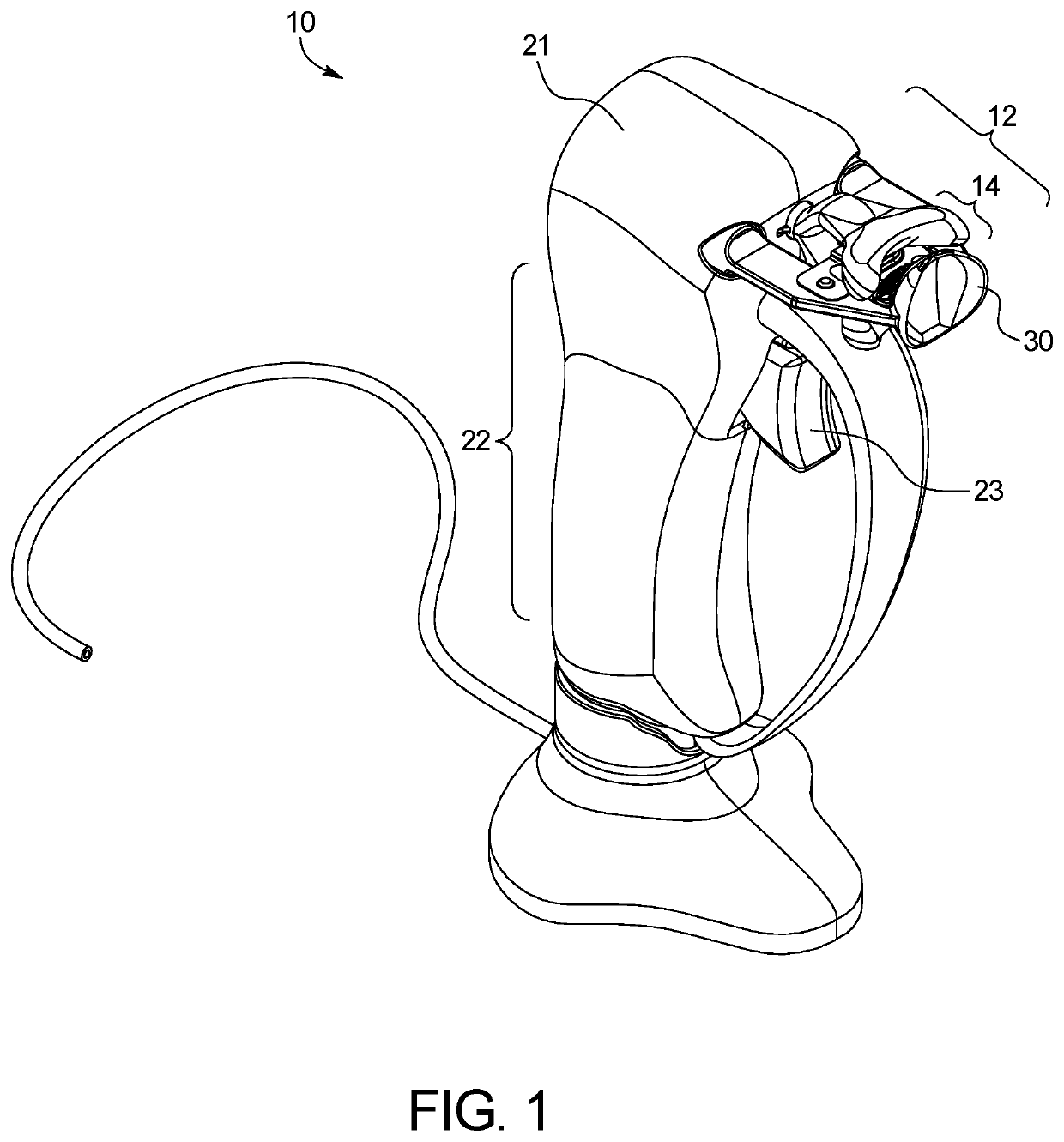This disease is expected to increase and will create a significant societal and economic burden on our healthcare system in the United States and globally.
DED has a significant impact on quality of life and is a main contributing factor for loss of productivity in the workplace.
DED causes difficulties with everyday activities such as computer use, reading, driving, and watching television.
Pharmaceutical treatments for this disease are available however these medications are very expensive and create an enormous economic burden for insurance companies and patients while creating a major barrier to access for the millions of patients who suffer from this disease.
These medications also do not address the most common etiology of DED, Meibomian Gland Dysfunction (MGD) and Blepharitis.
Failure to maintain an optimal lipid layer results in rapid evaporation of the tear film from the ocular surface resulting in blurred and fluctuating vision as well as symptoms such as burning, tearing, itching, photophobia, and infection.
MGD is a multifactorial disease that can cause the meibum to become thickened over time which ultimately causes the glands to become blocked, plugged, and obstructed.
If left untreated, MGD will cause permanent atrophy, gland dropout, and irreversible loss of the meibomian glands.
This biofilm and keratinization of the eyelid margin further lead to obstruction of the meibomian glands contributing to gland atrophy and permanent loss of the glands.
Many traditional and emerging treatments are available for the treatment and management of MGD and Blepharitis but as will be outlined below have significant disadvantages to the unique and novel approach we are proposing for our solution.
Many of the current treatment strategies are cost prohibitive and creates a barrier to access.
Others are not effective, time consuming, and create compliance issues.
Warm compresses have significant limitations as the heat has to travel through tissue, muscle, and fat in order to create enough heat to effectively melt the meibum to a sufficient level.
In addition, this is time consuming for the patient and compliance is a major issue.
Eyelid scrubs with baby shampoo and now commercially available preparations also play a role in current treatment; however, there are limitations with these home hygienic treatments.
Compliance, improper technique, inability of some patients to properly touch the lid margin can lead to drop out.
Although these do play an important role in maintaining the health of the lid margin and removal of the biofilm, they do not address obstruction and inflammation of the meibomian glands.
These treatments however are not without significant side effects.
Long term use of these pharmaceuticals can cause antibiotic resistance as well as glaucoma and the formation of cataracts.
Oral antibiotics such as doxycycline have been widely used and do have a role in addressing the inflammation associated with MGD, however there can be significant side effects such as photosensitivity, GI distress, and can also affect the health of the intestinal microbiome.
These techniques are variable and dependent on the physician and can be very painful for the patient.
In addition, there is no way to measure the amount of force the physician is applying to the eyelid.
This method of expression does not address inflammation or removal of the biofilm.
Limitations to this procedure are the significant costs to the patients and providers.
In addition, careful evaluation of the skin type has to be of primary concern as patients with more pigmentation can develop significant burns and create unnecessary liabilities to the physicians.
First the cost of the procedure is very expensive for patients and once again provides a barrier to access.
In addition, the cost to the physician for the LipiFlow equipment and disposables can be very cost prohibitive and as a result, the majority of physicians are unable to offer this treatment to their patients.
The physician can't control the amount of pressure applied to the meibomian glands and the glands may not reach the required pressure to effectively express the glands in a meaningful way.
It does not allow the physician to customize the treatment based on the level of disease.
The machine is not ideal for transporting to satellite offices due to its expense and size limitations.
Although it is effective at addressing obstruction of the meibomian glands, it does not address removal of the biofilm.
Lastly, it does not address the inflammatory component of the disease.
This requires six separate treatments for each eye and can be extremely time consuming for both patient and provider.
It requires a significant amount of dexterity as the handheld device must be turned upside down in order to treat the upper lids.
In addition, there is no way for the physician to gauge how much pressure (psi) one is exerting on the lid margins which can make the treatment inconsistent among physicians.
This treatment is also expensive due to the high cost of the disposables and once again provides a difficult barrier to entry into the DED market.
Lastly, this device does not address the removal of the biofilm and once again requires the physician to invest in other technologies and burden the patient with more procedures and costs.
 Login to View More
Login to View More  Login to View More
Login to View More 


